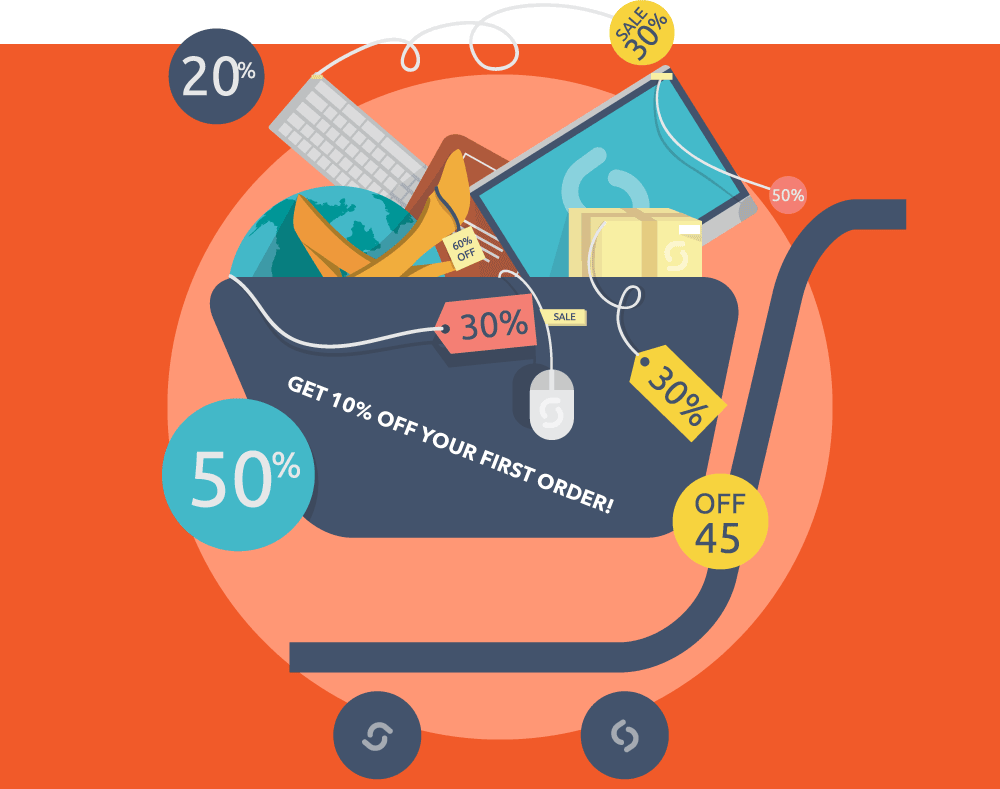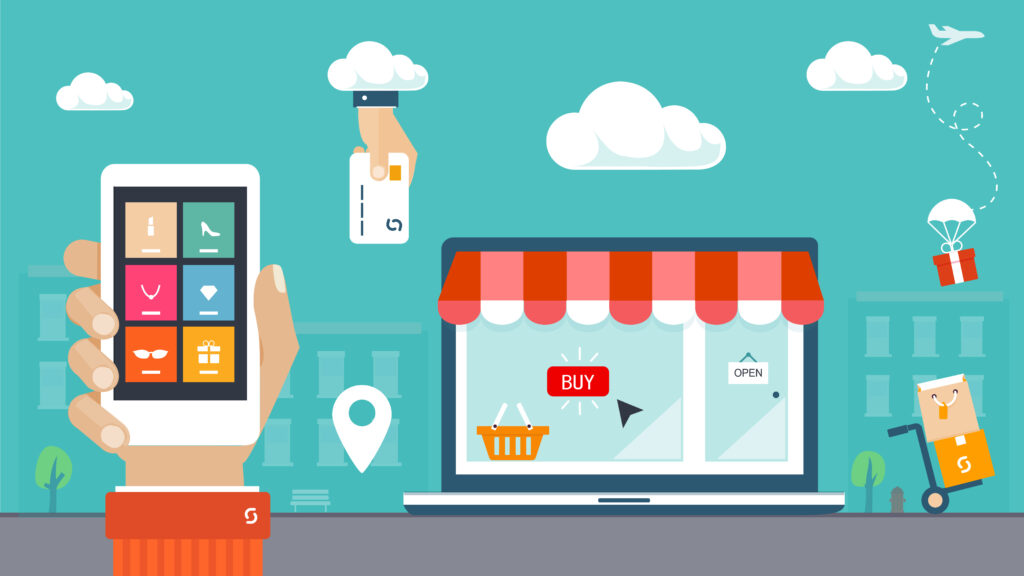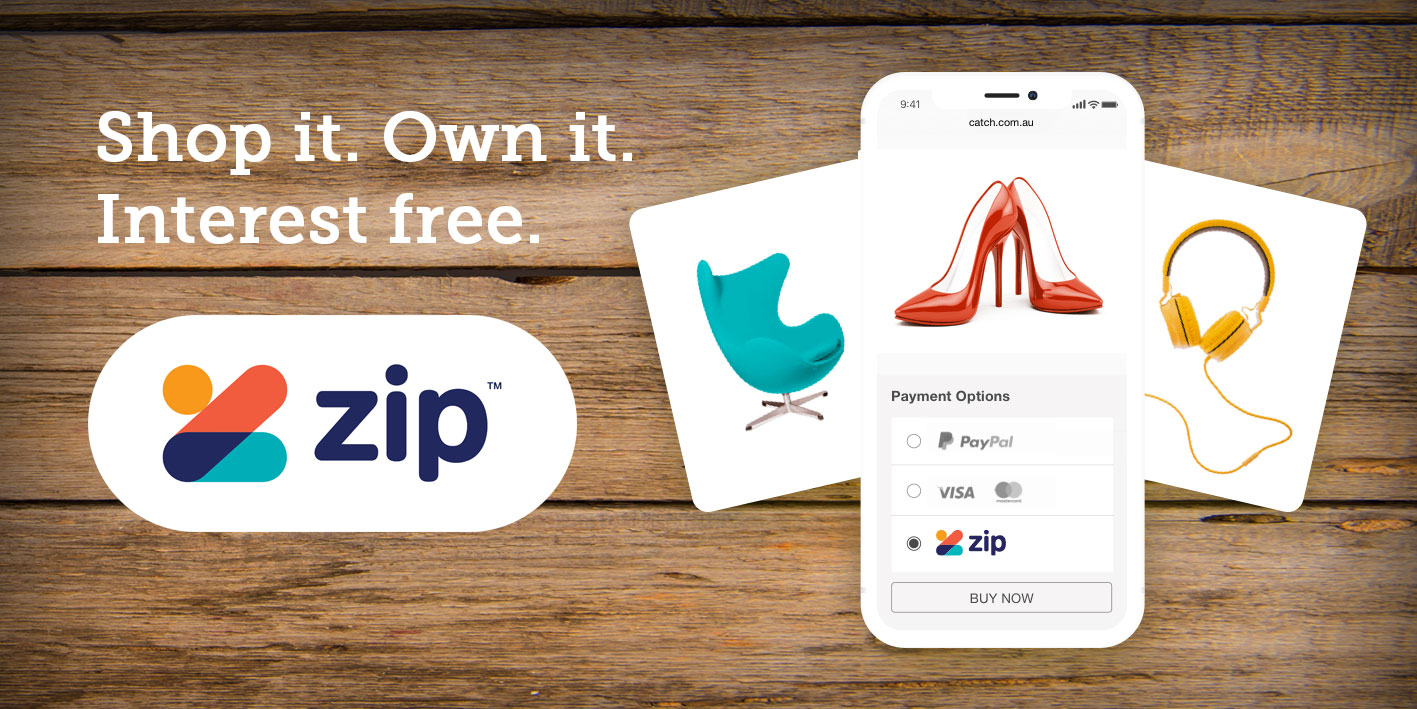
You must have been living under a rock if you haven’t heard of Pinterest, the “scrapbook” website that lets its users collect images in themed albums called ‘boards’.
It’s a very powerful social network that’s inspired people all over the world to share their interests and ideas through images, and connect with others by liking, commenting and re-pinning to their own boards.
Pinterest was launched in 2010 and has been growing at a mind-blowing rate. It now gets around 1.5 million unique visitors a day and boasts nearly 73 million monthly active users, making it the fourth most popular social media platform in the world.
Pinterest is a gift for retailers
Because Pinterest is so visual, it’s a great promotional platform for companies selling products like yours.
If you’re looking to get more traffic, exposure and attention for your Spiffy store, tap into Pinterest’s enormous popularity. A US RichRelevance Shopping Insights study has found that Pinterest users deliver a bigger average order value on retail sites than those coming from Facebook or Twitter!
Get ready to pin your wares
Before you dive in and start pinning your goodies up for all to see, ensure your website content is optimised. You’ll be pinning product images directly from your Spiffy store, so you’ll need great quality photos and clear descriptions (these encourage Pinterest likes and “re-pins”, which will widen your audience).
> Make sure your product photos are high quality, well lit and appealingly shot. I can’t stress this enough. Images are the currency of the Pinterest community so if your images aren’t great, you won’t attract attention or sharing!
> Give your product pages clear, specific descriptions and tags containing that product’s keywords so that Pinterest can index them easily. Think about the words and phrases people would type into search engines when looking for products like yours and use these when you write.
Once that’s taken care of, it’s time to set your brand up on Pinterest. This is the fun part! Pinterest have put together a simple guide to pinning to explore to get to know the platform better. In addition, I’ve made a few notes to get you started.
Set up your account
Jump onto https://business.pinterest.com/en and click “join as a business” to sign up for a free business account.
Fill in the requested fields in the sign up form and make sure you read their terms for business use and are willing to comply with them.
Pinterest will then ask you to choose some board categories to follow as a starting point. It makes sense to pick ones closely related to your business.
Next, you’ll be offered the Pinterest browser button. Take it! It’s the easiest way to pin images you find all over the web to your boards. Once it’s downloaded, it’ll sit patiently at the top of your browser window waiting for you to click it and send an image you’ve found to one of your boards.
Once Pinterest has had a few seconds to digest all the information you’ve just given it, you’ll find yourself in your homepage – a visually rich scrolling page full of images. These images have come from the category choices you made a few minutes earlier.
The next step is to customise your page.
Brand your profile
At the top right of your page, you’ll see your user name (it should be your business name) in a button. Click it and you’ll be taken to a page where you can design your profile for you brand. Add your logo and fill out the other fields available, not forgetting to add your business keyword term in the description.
Have a good snoop around
Before you start creating your own boards, I suggest you do some simple research. Type your keywords and your competitors’ names into the Pinterest search box at the top of the page and see what comes up. Notice how products like yours are shown, how others title their boards and what’s popular. These insights will be helpful as you set up your own boards.
Create your own boards
Once you’re more familiar with Pinterest, start creating your own boards. You can do this by clicking the ‘create a board’ box on your profile page and filling out a few details.
Click on the board to choose an image to pin to it.
Don’t limit your boards to just your product categories; play around with different themes such as Christmas presents, best sellers and cocktail hour etc. Have fun with the board titles too – clever titles seem to attract more attention!
Social networking is all about authentic connections, so you might like to also set up a couple of boards on your own interests. This will help personalise your brand.
Pin images to your boards
Pin your product images directly from your online store to your boards so when a visitor clicks on the image, they’ll get sent directly to your website. Once you’ve pinned your images, you can edit the board cover to show the image that best reflects the board’s content.
When you’re exploring the web, use the Pinterest browser button to pin images you like to your boards. See, I told you it would come in handy!
Don’t just stick to standard pictures of your products – make your images as unique as you can. Try including photos or videos showing different uses for your products, or photograph them from different angles and in different lights. Files can be uploaded directly from your computer so they don’t have to be on your web store already.
Create detailed descriptions for each of your pinned images. Include your keywords when you write and put them in #hashtags at the end of the description. Add the link to your website product page and the price.
And there’s more!
Become an active member of the Pinterest community – it is a social network after all! Repin content you like that fits your brand, follow other people’s boards and comment on other pins. You can use the @ in front of a username to address them personally in a comment. This is not only fun but it’ll increase your exposure and number of followers.
Place Pinterest sharing and follow buttons on your product pages so that visitors to your Spiffy store can follow you and share your things on the network.
Install the Pinterest App onto your smartphone so you can browse boards, take snaps and pin on the move.
When you’re set up and have some good content, invite your connections to visit your board. Send out an email to your mailing list, and compose a tweet, blog or Facebook post that links to your Pinterest page and ask what they would like to see more of.
And finally, keep it up!
Keep pinning. People are more likely to come back if there is new content and it’ll widen your appeal.
Keep exploring and engaging in Pinterest. Continue to repin and engage with others on the network. Short but regular activity on Pinterest is better than a big push once in a blue moon.
Keep up with how others interact with your content. The number of likes, repins and comments you receive will reveal what the customers want from you.
As with all social media, you will have to devote time and effort to keep it fresh and interesting. But in return you’ve got a free promotional platform for your online store that can reach millions of people.
So go forth and pinnify!







 In addition to the nuts and bolts of your online store, like your product collections, there is other crucial content you must include.
In addition to the nuts and bolts of your online store, like your product collections, there is other crucial content you must include. Wouldn’t it be great if you could get yourself and your business in front of thousands of readers of someone else’s blog without paying a cent for it?
Wouldn’t it be great if you could get yourself and your business in front of thousands of readers of someone else’s blog without paying a cent for it?
 We’ve all had those uninvited emails.
We’ve all had those uninvited emails.